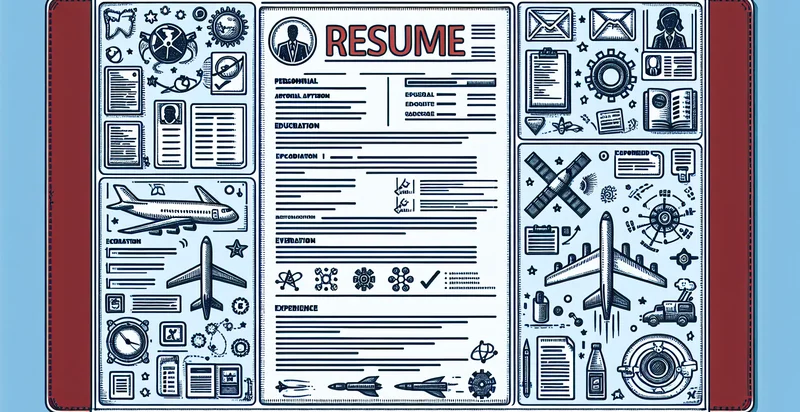Identify occupation field
using AI
Below is a free classifier to identify occupation field. Just input your text, and our AI will predict if a person is in the healthcare field - in just seconds.

Contact us for API access
Or, use Nyckel to build highly-accurate custom classifiers in just minutes. No PhD required.
Get started
import nyckel
credentials = nyckel.Credentials("YOUR_CLIENT_ID", "YOUR_CLIENT_SECRET")
nyckel.invoke("occupation-field", "your_text_here", credentials)
fetch('https://www.nyckel.com/v1/functions/occupation-field/invoke', {
method: 'POST',
headers: {
'Authorization': 'Bearer ' + 'YOUR_BEARER_TOKEN',
'Content-Type': 'application/json',
},
body: JSON.stringify(
{"data": "your_text_here"}
)
})
.then(response => response.json())
.then(data => console.log(data));
curl -X POST \
-H "Content-Type: application/json" \
-H "Authorization: Bearer YOUR_BEARER_TOKEN" \
-d '{"data": "your_text_here"}' \
https://www.nyckel.com/v1/functions/occupation-field/invoke
How this classifier works
To start, input the text that you'd like analyzed. Our AI tool will then predict if a person is in the healthcare field.
This pretrained text model uses a Nyckel-created dataset and has 2 labels, including Has Occupation and No Occupation.
We'll also show a confidence score (the higher the number, the more confident the AI model is around if a person is in the healthcare field).
Whether you're just curious or building occupation field detection into your application, we hope our classifier proves helpful.
Related Classifiers
Need to identify occupation field at scale?
Get API or Zapier access to this classifier for free. It's perfect for:
- Resume Screening: Companies can utilize the occupation field identifier to automate the initial screening of resumes. By categorizing applicants based on their previous job titles, HR teams can quickly shortlist candidates that meet the specific occupational requirements for open positions.
- Market Research: Businesses can analyze the job titles of their customer base to gain insights into market trends and consumer behavior. By understanding the occupation fields prevalent in their audience, companies can tailor their marketing strategies and product offerings.
- Personalized Advertising: Advertisers can employ the occupation field identifier to create targeted ad campaigns. By identifying the occupations of users, brands can craft messages that resonate more with specific professional groups, increasing engagement and conversion rates.
- Talent Acquisition Analytics: Organizations can analyze the distribution of occupations in their talent pool to assess workforce diversity. This data helps in developing strategies for talent acquisition that ensure a wide range of skills and experiences are represented within the team.
- Professional Networking Platforms: Networking platforms can leverage the occupation identifier to enhance user experience by suggesting relevant connections. By classifying users according to their occupations, the platform can recommend potential collaborators or mentors within the same industry.
- Training and Development Programs: Companies can assess the predominant occupations within their workforce to identify skills gaps. This information aids in designing targeted training and development programs that align with the specific needs of different employee groups based on their job roles.
- Compliance and Reporting: Organizations can streamline their diversity and compliance reporting processes by using the occupation field identifier. By classifying employee data based on occupational fields, they can generate accurate reports to help comply with industry regulations and promote workplace diversity.


